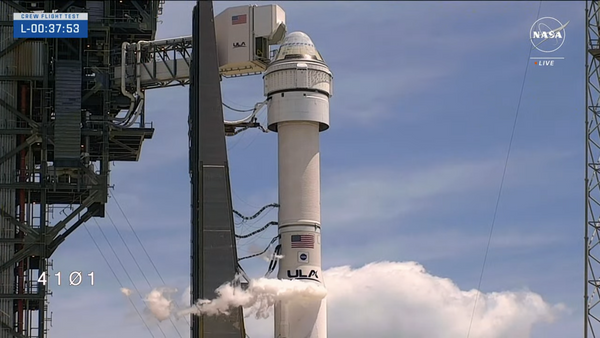The U.S. dollar, deep in the throes of its strongest annual gain since 1984, looks set to power higher in the coming weeks as investors continue to favor risk-free assets, while searing for better yields, amid rising domestic interest rates and mounting global growth concerns.
The U.S. dollar index, which tracks the greenback against a basket of six major currency peers in the foreign exchange market, hit a fresh twenty-year high of 109.26 earlier this week, and was last seen trading at 108.92 in early New York dealing on Wednesday, a move that extends its year-to-date gain to around 13.5%.
The moves belie data from the International Monetary Fund earlier this summer showing the dollar's share of global foreign exchange reserves falling below 59%, the lowest in twenty years, in the fourth quarter of 2021. Prior to the euro's launch in 1999, that share was pegged at 71%.
The dollar's recent gains, however, gains have been powered in part by bets on further Federal Reserve rate hikes, even amid the most aggressive policy tightening in a generation, as investors see weakening growth in Europe and China limiting the ability of their respective central banks to fight inflation, triggering ongoing declines in the euro and the yuan.
The People's Bank of China, in fact, lowered its key one-month loan prime rate earlier this week in an effort to kick-start growth as Beijing's zero-Covid policies threaten near-terms prospects.
In Europe, the region's brewing energy crisis, linked in part to the disruption of natural gas supplies from Russia, is stoking inflation, hammering growth prospects and testing the European Central Bank's hawkish rate rhetoric.
"Europe continues to face strong headwinds as natural gas prices climb as uncertainty regarding supply and pricing from Russia’s Nord Stream 1 remains," said Quincy Krosby, chief global strategist for LPL Financial.
"In addition, weakness stemming from the global supply chain, while easing, is still challenging especially as China - - an important trading partner for the Europe - - struggles to emerge from the strict zero-COVID measures that shut down much of the country," he added.
The twin conditions have taken China's yuan to a two-year low against the greenback, and pulled the euro to well below parity, and a twenty year low of 0.9925 as investors look to the Fed for rate hike leadership.
The CME Group's FedWatch tool pegs the chances of another 75 basis point rate hike at 54.5%, up from around 49.5% late last week, but much will be made clear when Fed Chairman Jerome Powell speaks at the Jackson Hole symposium on Friday.
"The dollar has remained well in demand at the start of this week, enjoying a rather ideal combination of markets reinforcing their hawkish expectations ahead of Jackson Hole; global risk sentiment instability fuelling defensive trades; and further rises in gas prices worsening the outlook for other parts of the world," said ING's European FX strategist Frantisek Taborsky.
"Hawkish expectations heading into Fed Chair Jerome Powell’s speech on Friday at Jackson Hole should keep a fairly solid floor under the dollar for now, and probably pro-cyclical currencies (European FX in particular) on the back foot as the global risk environment remains choppy," he added.
However, while the dollar's strength have provided boost to U.S. imports, which are now some 15% cheaper than they were last year, the impact is by no means one-sided. Economies in Europe and Asia that import the bulk of their energy from abroad, which is priced in U.S. dollars, will face escalating prices between now and the end of the year.
At the same time, the greenback's 2022 surge has added a significant headwind to U.S. corporate earnings growth, as the repatriation of overseas profits -- crucial for the tech sector -- gets more expensive. Morgan Stanley analysts, in fact, recently calculated that a percentage point gain for the greenback shaves around 0.5 percentage points from S&P 500 earnings.
Bank of America strategist Savita Subramanian, meanwhile, said the dollar headwinds clipped 2 percentage points from S&P 500 sales over the second quarter, the biggest hit since 2015, and will likely accelerate over the three months ending in September.
The hit, however, might not be evenly-distributed, at least according to IBM (IBM) CFO Jim Kavanaugh, who outlined the challenges facing a company that deals in 170 countries, and more than 100 currencies, in markets around the world following its second quarter earnings in July.
"Currency impacts a human capital-based business very different than a product-based business," Kavanaugh said. "In a human capital-based business, a large portion of your cost structure is a natural hedge because it's in local currency. That's very different in a product-based business where a large portion of your cost structure is US-dollar denominated."
"So, as the dollar at rate and pace and magnitude appreciates, it has a disproportional impact on our high-value product-based businesses, like software and infrastructure, and you saw that play out in the second quarter at the gross margin level."







